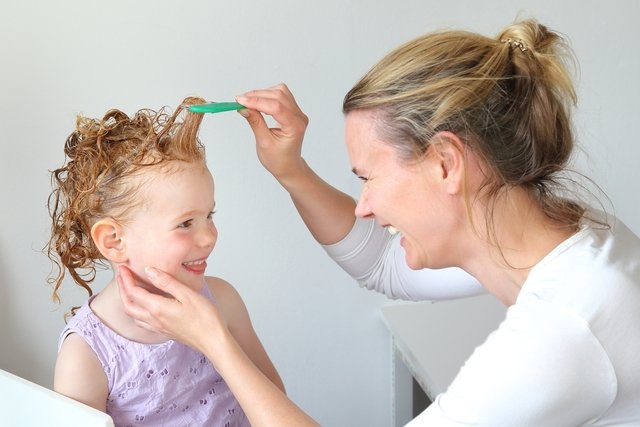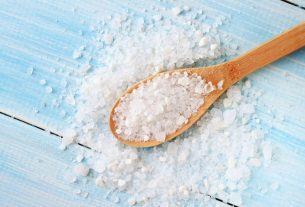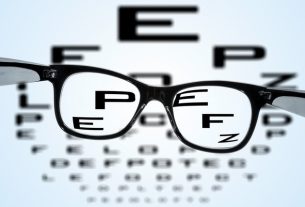To get rid of lice, it is important to use a suitable shampoo that works against lice, use a fine-toothed comb daily, wash everything that comes into contact with your hair and avoid sharing hairbrushes, for example.
Lice can easily be passed from one person to another through direct contact with the hair of another person who has lice or through sharing hairbrushes, hats and pillows, for example.
Getting rid of lice is not always easy, especially in school-age children who transmit the parasite more easily even after treatment. Therefore, it is recommended that as soon as a case of a child with lice is identified at school, for example, lice shampoo is used and a fine-toothed comb is used, even if the child is not scratching their head, as this way it is possible to prevent the infestation.

Below are some tips that can help make treatment more effective and prevent re-infestation, the main ones being:
1. Apply treatment shampoo
Shampoo or treatment spray is a great option and the most effective for getting rid of lice and nits, because it promotes the death of lice and nits, making them easier to remove with a fine comb. There are several shampoos that can be used and can be applied to dry or wet hair, and it is important to read the shampoo label to know which is the most appropriate way of application. See more details on how to use lice shampoo.
In general, it is recommended that the product be applied to the entire hair, from the roots to the ends, and left for around 10 to 15 minutes or according to the manufacturer’s instructions. It is recommended that the shampoo be applied again after 1 week, because lice develop in around 12 days and, therefore, it is important to apply the product again to ensure their elimination.
2. Using a comb frequently
Using a fine-toothed comb is very important to carry out the treatment correctly, as it can be used to spread the shampoo better, and also to eliminate lice and check for reinfestation. For school-age children, even after treatment, it is very important to check the hair frequently and with the help of a suitable comb, to prevent lice from multiplying again.
To do this, you must pass a fine comb through each strand of hair, from the hair roots to the ends, placing a white towel or sheet on the table, to identify the lice more easily. This procedure must be repeated with the head facing down.
In addition, electronic combs are also available for sale, which kill the louse or nit in a single pass.
3. Wash objects that come into contact with your hair
Lice are a parasite that can be transmitted through brushes, combs, hats, pillows or sheets, so it is very important to wash these objects frequently to avoid reinfestation or even transmitting the parasite to another person.
Therefore, all objects that have been in contact with the child’s hair, such as sheets, blankets, clothes, plush toys, hair clips and bows, hats, caps, rugs, cushions and the sofa cover, must be washed if necessary. possible in water with a temperature above 60º, or sealed in a plastic bag for 15 days, to asphyxiate the lice.
4. Use repellent
Even if the treatment works and kills all lice and nits, reinfestation can occur, especially in children when they return to school. Therefore, the use of repellents can help prevent lice from getting close to the child’s head, as they contain essential oils that release a smell that lice don’t like and that’s why they don’t get close.
Check out these and other tips in the following video:
Bibliography
- FU, YT; et al. Human pediculosis, a global public health problem. Infect Dis Poverty. 11. 1; 58, 2022
- BRAGG, B. N.; WILLS, C. IN: STATPEARLS (INTERNET). TREASURE ISLAND (FL): STATPEARLS PUBLISHING. Pediculosis. 2023. Available at: <https://www.ncbi.nlm.nih.gov/books/NBK470343/>. Accessed on January 16, 2024
- WEBBER, Elaine; MCCONNELL, Sherry. LICE UPDATE – Management and Treatment in the Home. Home Healthcare Now. Vol.36, n.5. 289-294, 2018

Sign up for our newsletter and stay up to date with exclusive news
that can transform your routine!
Warning: Undefined array key "title" in /home/storelat/public_html/wp-content/plugins/link-whisper-premium/templates/frontend/related-posts.php on line 12
Warning: Undefined array key "title_tag" in /home/storelat/public_html/wp-content/plugins/link-whisper-premium/templates/frontend/related-posts.php on line 13




